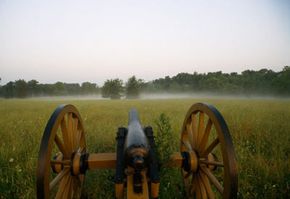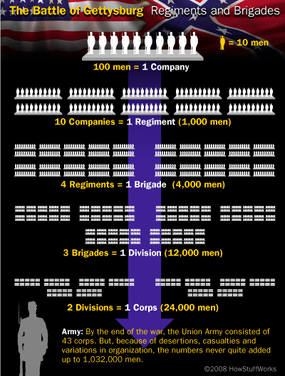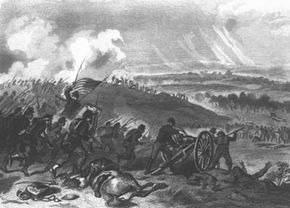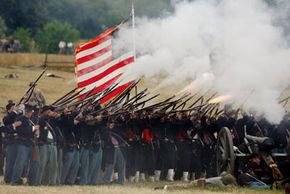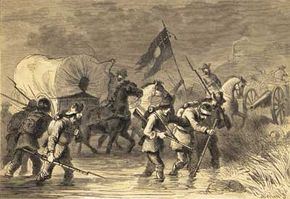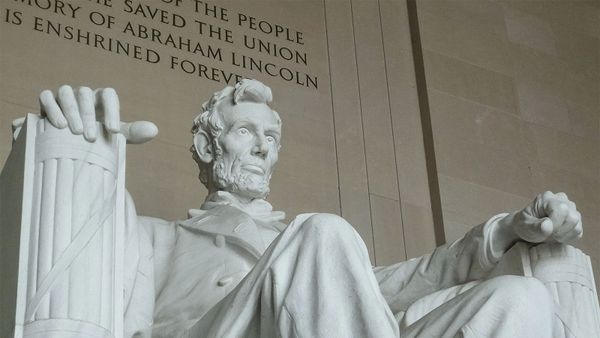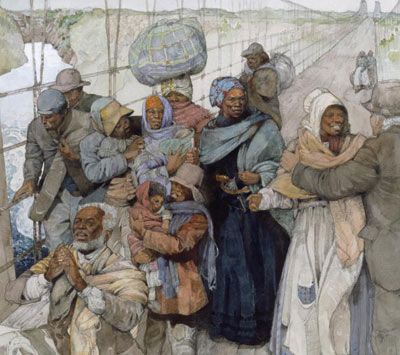The Battle of Gettysburg was perhaps the most famous battle of the Civil War. You've probably heard more about this battle than any other of the war, whether you watched the Civil War TV documentary by Ken Burns, read one of the thousands of books analyzing it or simply spent a week reviewing it in school.
The battle lasted for three days in July 1863 and resulted in 50,000 casualties -- and a resounding victory for the North. The war would last for nearly two more years, but many historians cite Gettysburg as the beginning of the end for the Confederacy. The superstar of the Confederacy, Gen. Robert E. Lee, led his troops to defeat by the North, which was commanded by the relative unknown George Meade. (Ulysses S. Grant, sometimes mistakenly believed to be at the battle because he is considered Lee's Union counterpart, was entrenched in a siege in Mississippi at the time.) So how did Meade outsmart Lee, something that few Union generals had been able to do?
Advertisement
While there are plenty of theories and conflicting reports about how the Battle of Gettysburg was fought and won, there is little doubt that the battle in that Pennsylvania town had a profound impact on this country. It is a part of the American psyche, even if many people can't remember who won, much less exactly who fought in it.
But why was the Battle of Gettysburg so important, and why is it considered the turning point of the Civil War? In this article, we'll explore the people involved in the Battle of Gettysburg, as well as the controversies surrounding many of their legacies. Plus, we'll find out why the battle started because of shoes.
Advertisement
